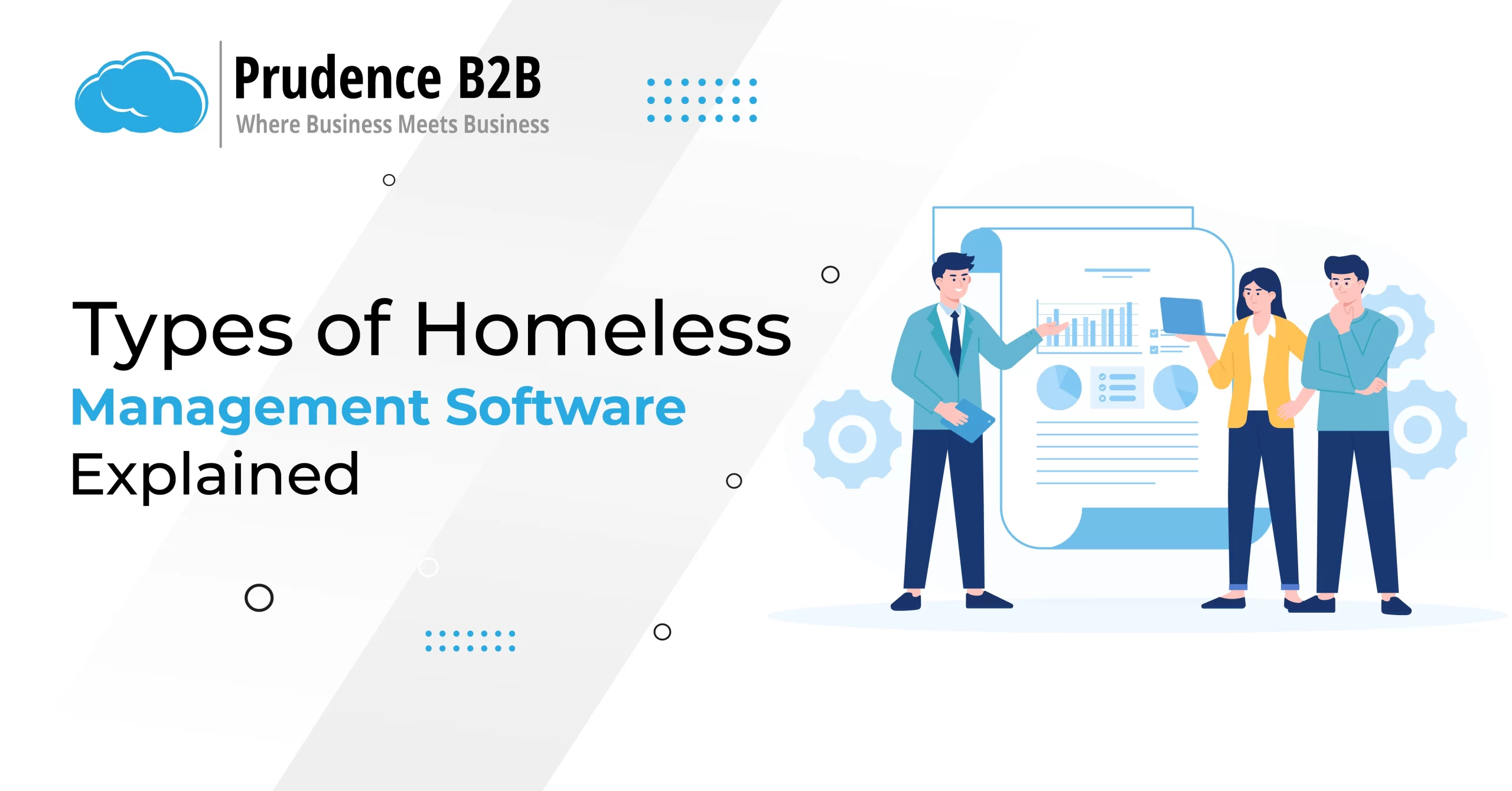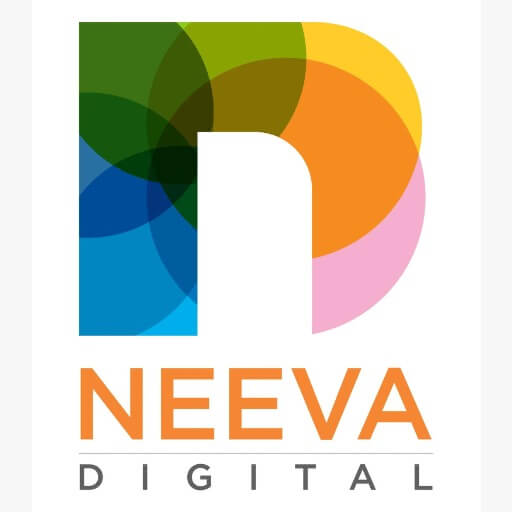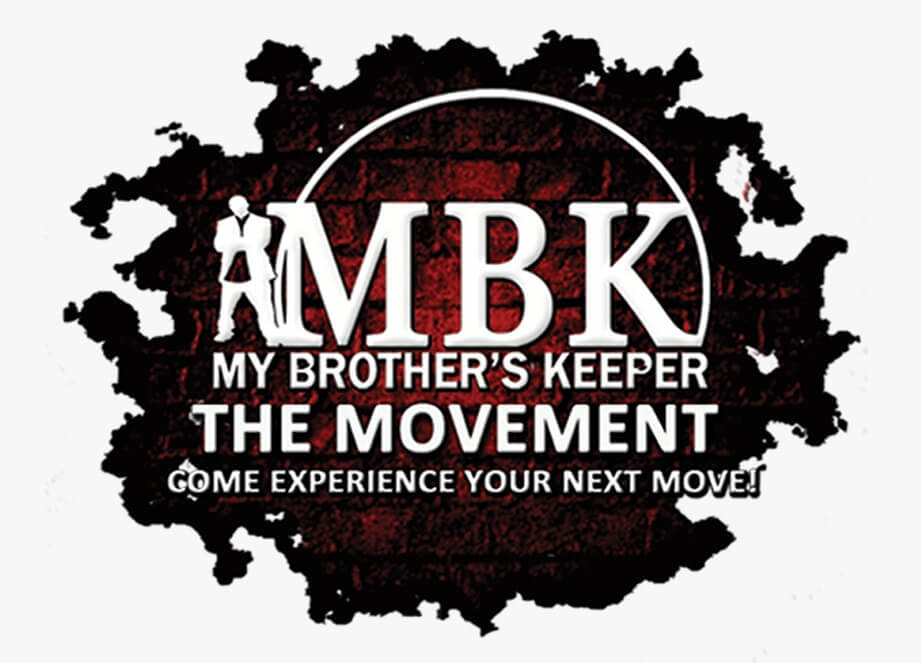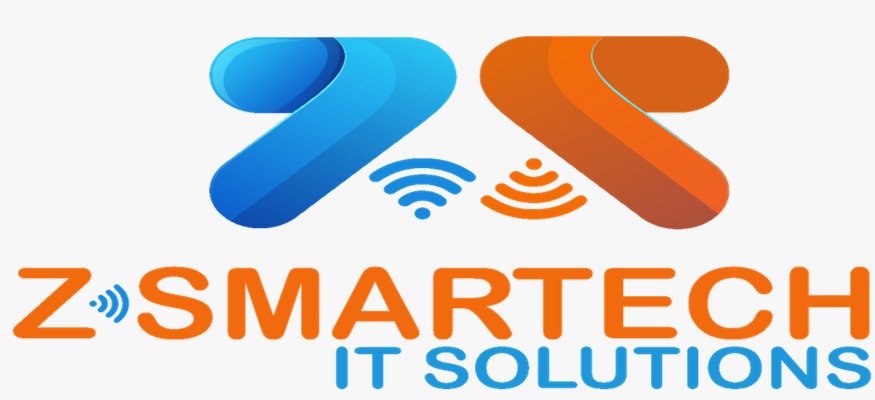Table of Contents
Contents
hide
Reading Time: 5 minutes
When it comes to helping individuals and families experiencing homelessness, the work can be complex and challenging. You’re juggling client interactions, service coordination, data tracking, and compliance with federal reporting standards—all while trying to ensure people are getting the help they need as efficiently as possible. That’s where homeless management software comes in, offering a range of tools to make these tasks easier to manage. Having said that let us explore the types of homeless software along with the information about HMIS and HMIS Database
Types of Homeless Management Software
When it comes to helping individuals experiencing homelessness, technology has made a significant difference. Managing all the moving pieces of services, client interactions, data collection, and reporting can be overwhelming. That’s where homeless management software comes in. Depending on the specific needs of an organization or agency, there are various types of software that can assist in making this challenging work a little easier.
Let’s break down some of the different types of homeless management software and how they work.
Case Management Software
Imagine you’re a caseworker who needs to track every client’s journey, from intake to services provided and progress made. Case management software makes that process much more efficient. This type of software is designed to help organizations manage individual cases by allowing users to track client interactions, maintain detailed case notes, set goals for each client, and monitor their progress over time.
Most of these platforms are user-friendly, making it easy for social workers and case managers to input and access data on the go. For example, a caseworker can use these systems to document mental health services, housing assistance, or job training programs a client is engaged in. It’s all about making sure no one falls through the cracks.
Data Collection and Reporting Systems
For agencies that need to gather and analyze a large amount of information, data collection and reporting systems are a lifeline. These tools help agencies collect everything from client intake forms to detailed housing histories, and they are essential for reporting to federal or state funders. Many organizations rely on these systems to track outcomes and evaluate the effectiveness of their programs.
Picture this: your organization received a grant, and now you need to demonstrate that your programs are making a real difference. With the right software, you can easily pull together all the necessary data to show that you’re achieving your goals and, most importantly, helping people find stability.
HMIS-Compliant Systems
If you’re involved in homeless services, you’ve probably heard of the Homeless Management Information System (HMIS). Many homeless management software platforms are specifically designed to comply with the standards set by the U.S. Department of Housing and Urban Development (HUD).
Why does this matter? HMIS-compliant systems ensure that data is collected, managed, and reported in a way that meets federal requirements. This is especially crucial for organizations receiving federal funding to provide services. So, if you’re working with HUD, you’ll want a software solution that ticks all the boxes for compliance.
Mobile-Friendly Platforms
Ever had to update client information while you’re out in the field, with no access to a computer? That’s where mobile-friendly platforms come in handy. These systems are designed to work on mobile devices, which means caseworkers can access and update client records on the go. Some platforms even work offline, so if you’re in a remote area with limited internet, you can still capture data and sync it later.
This type of software can make a huge difference in efficiency—allowing you to input real-time data and avoid the hassle of doing everything back at the office.
Cloud-Based Solutions
Gone are the days of managing homeless services from a single desktop computer. Cloud-based homeless management software allows you to access your data from any location with an internet connection. Whether your organization operates out of multiple offices or you collaborate with other agencies, this type of software offers flexibility and scalability.
Cloud-based systems are also easier to maintain, as they don’t require on-site servers. Plus, they’re often updated automatically, ensuring you always have access to the latest features without additional IT headaches.
Homeless Management Information System (HMIS)
Let’s talk more about HMIS because it’s the foundation for many homeless management tools. The Homeless Management Information System (HMIS) is a standardized data collection system required by HUD. Its primary purpose is to track and analyze information on individuals and families experiencing homelessness, as well as those receiving homeless prevention services.
But HMIS does more than just compliance. It allows organizations to streamline their work, making it easier to manage client data, track service delivery, and coordinate with other agencies. The data collected through HMIS is also used to measure program effectiveness, allocate resources, and plan future services based on real needs.
Some of the key features of HMIS include:
- Client Intake and Assessment: During intake, HMIS captures detailed client information like demographics, housing history, and service needs.
- Case Management: The system allows caseworkers to track services provided, create service plans, and monitor client progress.
- Reporting and Analytics: Organizations can generate reports required by HUD and use analytics tools to improve their service delivery.
- Collaboration: HMIS enables multiple agencies to share data, improving coordination of services and ensuring that clients are not duplicating services.
HMIS Software Vendors
There are a number of software vendors that specialize in HMIS-compliant systems. Here are a few names you might come across:
- Clarity Human Services: Known for its user-friendly interface, Clarity offers a robust HMIS platform that includes case management, data collection, and reporting. It’s widely used by Continuums of Care (CoCs) across the U.S.
- ServicePoint: This vendor offers a scalable solution with features tailored to homeless service providers, including case management and advanced reporting tools.
- ETO by Social Solutions: A great choice for tracking client progress, managing large datasets, and generating detailed reports. ETO is popular with nonprofits and government agencies alike.
- CaseWorthy: CaseWorthy is known for being highly customizable, with a variety of modules to suit different types of programs. It’s a powerful option for managing client data and reporting.
HMIS Training
Implementing HMIS successfully requires training, and lots of it. Whether you’re a social worker, data analyst, or administrator, everyone who touches HMIS needs to be comfortable using the system.
Training often covers:
- Data Entry Procedures: Making sure staff know how to input accurate information from client intake to case notes.
- Compliance Requirements: Since HMIS must meet HUD standards, training teaches users how to collect and report data according to federal guidelines.
- Data Security: HMIS contains sensitive client information, so data security and privacy are key components of training.
- Reporting and Analysis: Users need to know how to generate reports and analyze data for planning and evaluation purposes.
HMIS Database
At the heart of any HMIS system is the HMIS database. This is where all the client data, service history, and outcomes are stored. Think of it as the central hub where every piece of information is connected.
A few key points about the HMIS database:
- Data Integrity: The database needs to be accurate and up-to-date to ensure effective service delivery.
- Security and Privacy: With all that sensitive client information, it’s essential that the HMIS database complies with federal privacy laws.
- Interoperability: Many HMIS systems are designed to integrate with other databases, which is crucial for sharing information across agencies and ensuring clients get the help they need.
In conclusion, homeless management software plays a pivotal role in helping agencies provide effective services to individuals and families experiencing homelessness. By choosing the right type of software—whether it’s a case management tool, a data collection system, or a full HMIS solution—organizations can better manage their resources, improve client outcomes, and stay compliant with federal standards. HMIS training and proper database management are also key to making these systems work effectively.
With the right tools in place, service providers can focus on what really matters: helping people find a path out of homelessness and into stable, secure housing.















